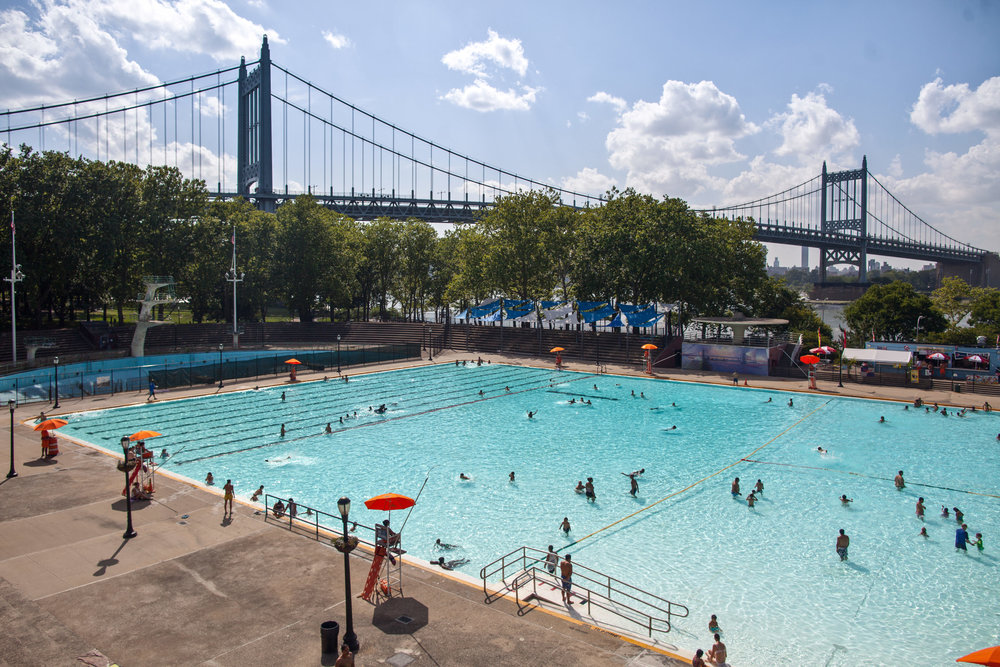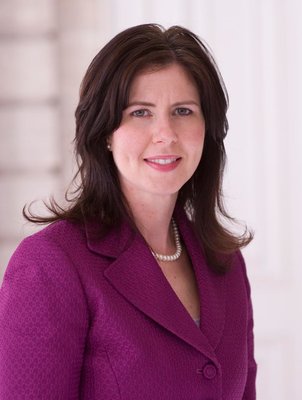Stained glass is often associated with houses of worship, but the apartment buildings built in the ’20s and ’30s in Forest Hills and Rego Park feature numerous examples of decorative glass, ranging in styles from Art Nouveau and American Neo-Gothic to Renaissance and Tudor.
“Glaziers were excellent craftsmen, and these local windows stood the test of time and are absolute treasures,” said Jon Schwartz, a member of the Facebook group Historic New York City.
A development boom was sparked by the opening of the IND subway in 1936 and the 1939–1940 World’s Fair. Apartment buildings with ornate and charming details were a draw for residents who lived in congested Manhattan.
“The light from these windows turns these rooms into beautiful sunlit tapestries,” said Forest Hills resident Pat Lannan, who said they are as important to the neighborhood’s history as the brick pavement in Station Square. “It really is the looking glass into the care and craftsmanship to produce these pieces of art.”
At the time, much of Forest Hills and Rego Park offered a country-like setting with open spaces, recreational conveniences, and modern amenities.
On opposite sides of one street are two outstanding examples of Tudor Medieval meets Gothic buildings.
In 1936, The Mayfair House at 110-21 73rd Road was designed by Cohn Brothers and built by Austin Building Corporation. Its sister building, The Windsor House at 110-20 73rd Road, opened in June 1937. It was built by Arende Building Corporation.
North Carolina resident Richard Delaney, who was raised in the Holland House in Forest Hills, remembered The Mayfair House’s large arched lobby windows. One of them features Jean-Francois Millet’s “The Sower,” a popular figure in stained glass.
“I really thought that I saw glimpses of King Arthur, Lady Guinevere, and Sir Lancelot in some of those portals,” he said. “The magnificent craftsmanship, design, and detail that went into creating these lobbies is incredible.”
Completed in 1931, Sutton Hall at 109-14 Ascan Avenue was designed by Constantinople native Benjamin Braunstein, an award-winning architect.
On its largely intact façade are Medieval-style doors and windows with colorful stained glass that includes knights, horses, ships, and castles.
“Its style and architecture, somewhat reminiscent of an Old English Manor, is replete with quaint charm and rustic simplicity,” a prospectus at the time read. “A superb accomplishment, adapted to every element of fine living, Sutton Hall is one of the outstanding examples of artistic residential planning in the country.”
The castle-inspired Valeria Arms, complete with roof turrets and finials, was also designed by Benjamin Braunstein. It was a most desirable address when it opened in 1929 at 77-16 Austin Street.
It features stained glass arched transom windows with crests in two entryways.
In Rego Park is the Spanish Mission-style Marion Court at 62-98 Saunders Street. Completed in 1929 and also designed by Braunstein, it is among the three earliest apartment buildings developed by Real Good Construction Company.
The distinctive Colonnade features arched leaded-glass windows with spun-glass roundels and two stained glass portals of colorful castle scenes, which add character to the first grand scale lobby of Rego Park.
John Morelli of Forest Hills described one that is partially obscured by an exit sign.
“The obstructed one has sails, so it must be a really nice ship which was probably owned by royalty because that’s mainly who lives in castles,” he said.
“Stained glass is becoming a lost art, and I don’t know why,” said artist Carol Gilmore, who works with stained glass. “How can anyone walk into a building and not be in awe of the beauty and precision, and the light that filters through these beautiful glass windows?”
In 2014, Matt Wiederhold created the Facebook group Vintage American Stained Glass.
“Stained glass is fascinating because it would be such a personal choice for someone building a home,” he said. “Why did they choose certain colors, patterns, designs? I feel the windows give a bit of insight to the homeowner, they tell a story of design and artistry.”






